Written by Bill King | Technical Sales Manager
Brighton Best International
~ Images courtesy of the Industrial Fasteners Institute

The cover of the Industrial Fasteners Institute’s first published magazine from 1944. The non-profit organization was originally called the American Institute of Bolt, Nut, and Rivet Manufacturers.
Fastener standards have been around for many years. Although often taken for granted, it’s worth considering the origins of fastener standards and the related committees in the USA. Of course, it all starts with threads.
In 1841, Sir Joseph Whitworth presented the 55-degree Whitworth thread form. In 1864, William Sellers developed the 60-degree thread we currently use today. It was adopted in the U.S. around 1868 as the National Standard.
The American National Standards (ASA) Committee B18 on bolts, screws, nuts, rivets, and similar fasteners was formed in 1922. Later, this committee became ANSI B18 and then the current ASME B18. ANSI is the American National Standards Institute, a private non-profit organization overseeing the development of voluntary consensus standards.
ASME is the American Society of Mechanical Engineers, also a non-profit organization and an international developer of codes and standards.
The Industrial Fasteners Institute (IFI) was founded in 1931, representing American manufacturers of bolts, nuts, screws, rivets, and all types of specialty-formed parts. Not surprisingly, it was originally named the American Institute of Bolt, Nut, and Rivet Manufacturers, and was also a publisher. IFI published its first book in 1941, and first magazine with articles on fasteners in 1944.
Many ASTM standards on fasteners were first developed in ASTM Committee A01 on Steel, Stainless Steel, and Related Alloys. These standards begin with the letter A (ex: ASTM A307). Many of the “A” fastener standards were eventually transferred to a newly formed Committee F16 on fasteners, which will celebrate 50 years in 2024. Standards developed by Committee F16 start with an F (ex: ASTM F593).
SAE International, formerly the Society of Automotive Engineers, also has a fastener committee that maintains two well-known standards, SAE J429 and SAE J995. The SAE fastener committee also developed and maintains various other standards on fasteners.
As a quick reference:
- ASME B18 standards primarily cover dimensions.
- ASTM standards primarily cover material and mechanical properties along with test methods.
- SAE fastener committee covers material and mechanical properties with the occasional dimensional standards.
What these three committees have in common is the members are all volunteers. Manufacturers, OEMs, distributors, end users, and others with an interest in fasteners are represented. Sometimes members or member companies participate in research to improve or help develop new standards. These volunteers spend considerable time and effort in developing and maintaining the fastener standards we use every day.
Fastener standards also provide manufacturers with the requirements to produce a consistent product and allow for product uniformity among manufacturers. As with all standards and drawings, there are tolerances that are essential for design considerations.

A 1949 reprint of the first edition cover of “Bolt, Nut and Rivet Standards” — the Industrial Fasteners Institute’s first book. The book was initially published in 1941.
I am reminded of numerous times over the years of complaints about how “these hex cap screws have too long of thread length.” For example, the standard lists a nominal thread length of 2D + 1/4. The 1/2-13 x 3 received has 1-3/8″ threads and not 1-1/4″, but the 1-3/8 ” is in tolerance with the ASME B18.2.1.
Reviewing the standard would help to understand how the thread length is calculated and the applicable tolerance. Another complaint I heard quite often was the bolts are too short. Inch hex cap screws (as well as structural bolts and machine screws) only have a minus tolerance on length. So, what appears to be too short is within tolerance.
There are standards for different types of plating and coatings. ASTM F2329/F2329M is the standard for hot-dip galvanized fasteners.
The most common standard for electroplating is ASTM F1941/F1941M and ASTM F3393 (consolidation of ASTM F1136/F1136M, F2833, and F3019/F3019M) for zinc-aluminum flake coatings. Within the last two standards, there are various options that relate to the thickness, color, corrosion resistance, and coefficient of friction.
If any additional treatment other than the plating or coating on a standard part is required, it’s important first to define the standard and what is required. Plating and coating standards have information on how to specify exactly what is desired.
Fastener standards should be used as the first choice by engineers when creating a design for a product. By using fastener standards, organizations are likely to find them readily available, but the cost will generally be lower than having a non-standard fastener produced in a drawing. The use of standard off-the-shelf fasteners also helps when replacement fasteners are needed for repair purposes.
When OEMs, distributors, and end-users work together to standardize the fasteners, everyone wins.


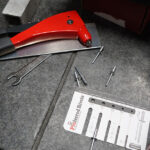
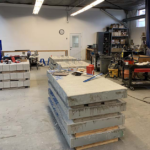
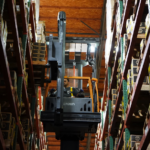
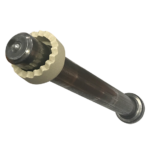

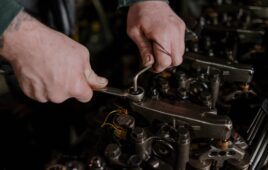


Tell Us What You Think!